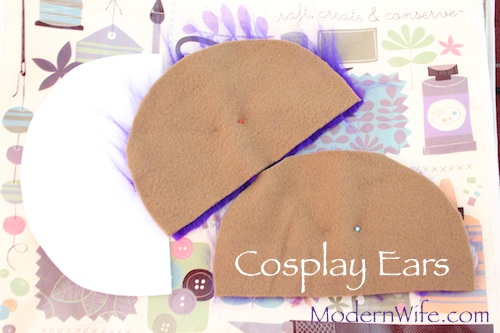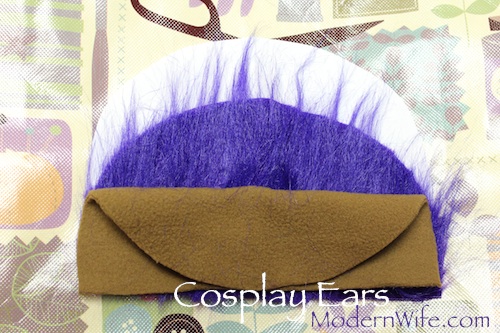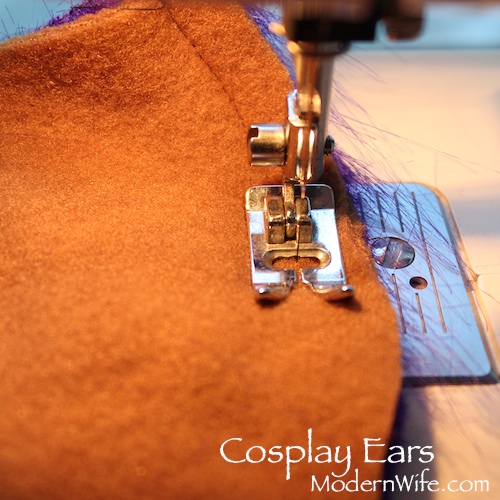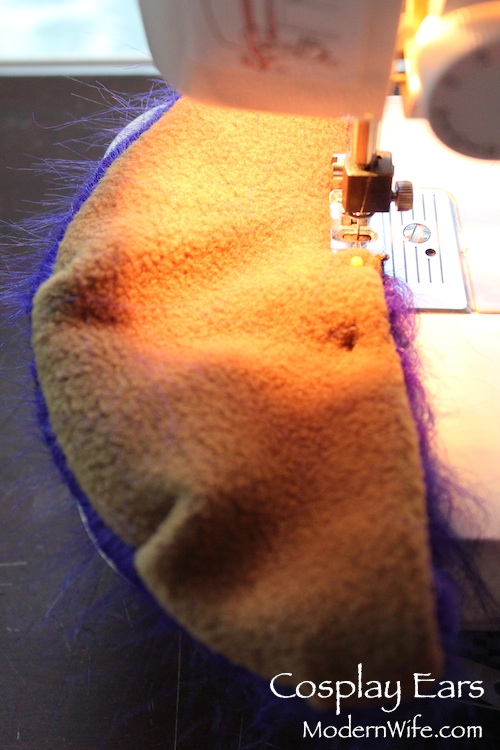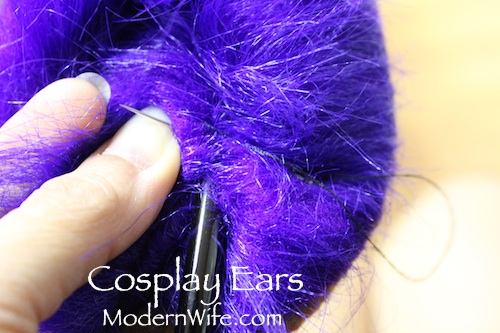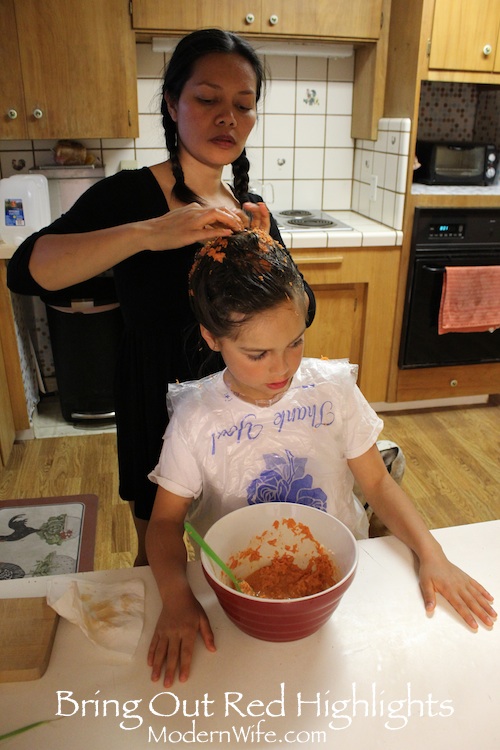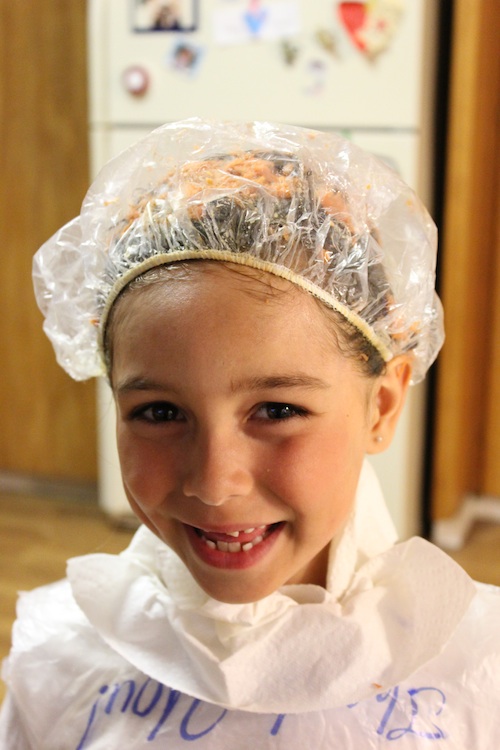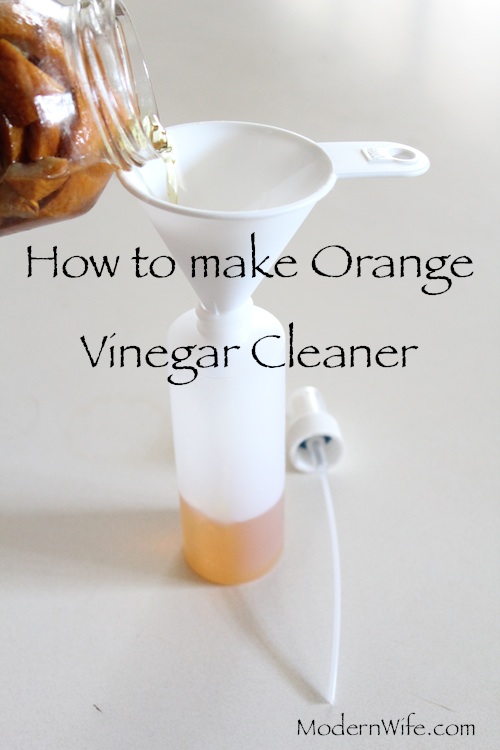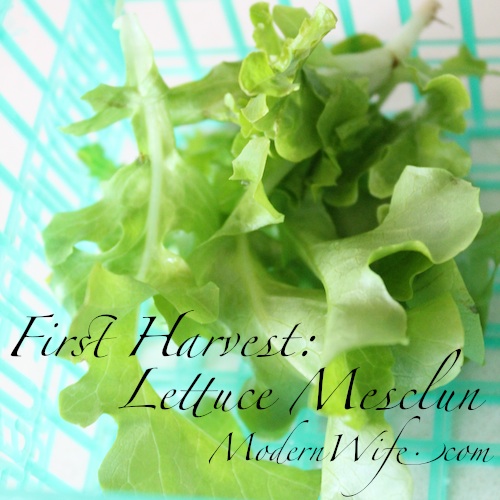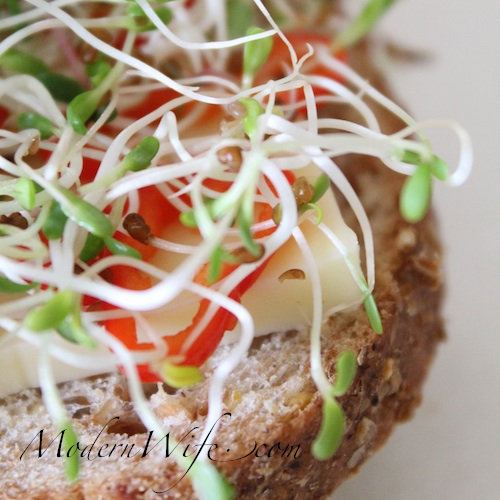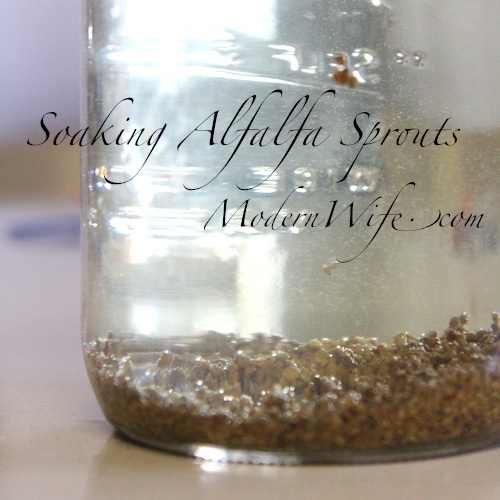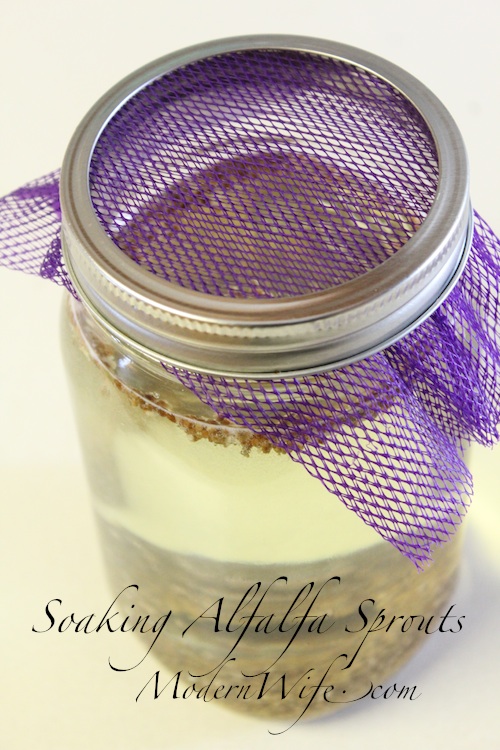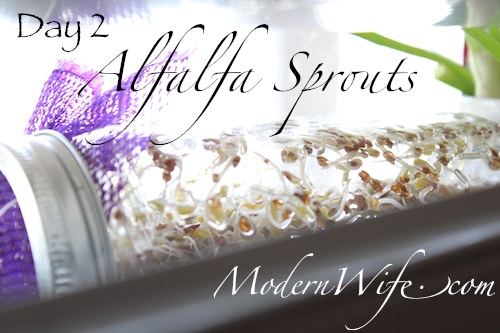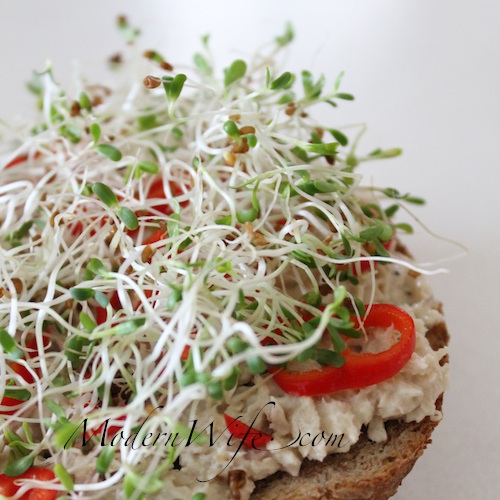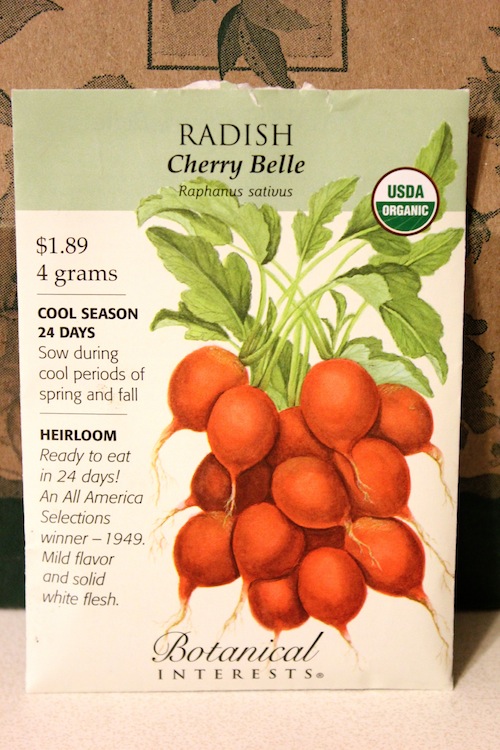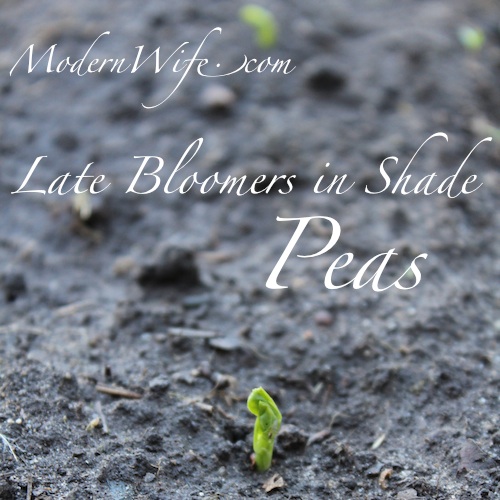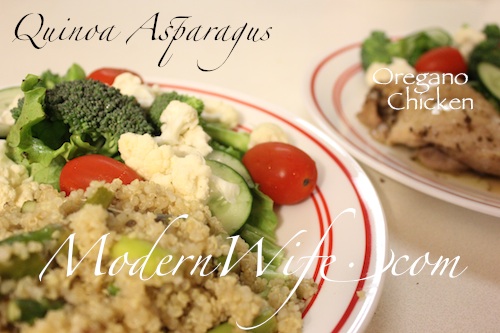Doesn’t that sound like a martial arts movie with English subtitles? Maybe not.
How about this one? Vegetarian cook for meat-loving… what rhymes with cook?
I have a new challenge in the kitchen. I don’t want to eat meat anymore. Why be a vegetarian? I came up with these answers when I was 16, the first time I quit meat.
- Meat tastes sweaty. It’s flesh. If we were meant to eat meat, we would enjoy the taste of it raw the way carnivorous animals do. We do so much to make meat palatable – marinades, sauces, spices, rubs – but on its own, meat is gross.
- Industrial meat farms are evil. Overcrowded, dirty, drugged and abused animals is where meat comes from. I don’t want to support that evil with my money.
- We are what we eat. We eat our food’s life force, its fear, its sadness or its happiness. I have nothing against killing animals for food, just like I have nothing against carnivorous animals. What I care about is that animals lived a full life according to their nature before they are killed for food. Animals I described in #2 above are not the kind of energy I want in me.
You’re probably thinking, so what? Lots of people are vegetarians and there are a lot of vegetarian recipes online, that’s really not much of a challenge. Well, my husband and my daughter love meat. In fact, the reason I started eating meat again was my baby.
There we were, Jay and me eating at a sunny diner, when suddenly there was this foreign urge in me to reach a fork out to his plate. “Can I have that sausage patty?” I asked.
He looked at me funny. I felt funny. It was as if my baby’s little fingers came through my vegetarian belly to grab a bite of that sausage patty. Weird. But I went with it. I ate meat throughout my pregnancy.
Now it’s 8 years later and I’m quitting meat again, only this time I have to feed two meat-loving freaks in my family too.
Since I first quit meat, there have been some changes in the meat industry. There are meat farms that raise their animals ethically. I scour grocery labels for the words, “free-range,” “grass-fed,” “free-roaming,” “organic.” It’s important to me that the meat I bring home came from animals who lived happy lives, and that I am supporting farms run by good people.
So here’s what I did for dinner last night. I started out baking Oregano Chicken for the meat freaks. Then I made Quinoa Asparagus for me, and as a side for the chicken. This is like a double protein meal for the meat freaks, because quinoa is rich in protein. Raw salad rounds off the meal.
Baked Oregano Chicken
Ingredients:
1/4 cup organic butter
Juice of 1/2 a lemon
2 tablespoons Bragg’s Liquid Aminos
2 teaspoons dried organic oregano
1 lb of organic chicken
Preheat the oven 375F (or 190C).
Lay those chicken pieces in a baking pan. I used a square glass pyrex pan about 9×9, just enough room to keep the sauce together.
Melt the butter in a small stainless steel saucepan. Add lemon, Bragg’s Liquid Aminos and oregano. Stir it up, then pour on top of the chicken. Bake for 30 to 45 minutes, until the chicken is cooked through.
Quinoa Asparagus
Ingredients:
4 cups of water
2 cups quinoa
2 tablespoons extra virgin organic coconut oil
1 green onion
1 bunch organic asparagus
1 teaspoon oregano
Juice of 1/2 lemon
Bring water to a boil, then add quinoa. Cook until the quinoa has absorbed the water.
While waiting, heat 1 tablespoon coconut oil in a large skillet until it melts in the pan. Add green onions, asparagus, oregano. Sprinkle about a teaspoon of water to steam the asparagus. Cook until asparagus is tender but not mushy. Mix in the quinoa. Squeeze half a lemon, and stir in the remaining 1 tablespoon of coconut oil.
What’s in my salad? Lettuce, broccoli, cauliflower, cucumber, grape tomatoes. These vegetables taste so good, I don’t dress them at all. That’s right, naked organic vegetables. So good.





